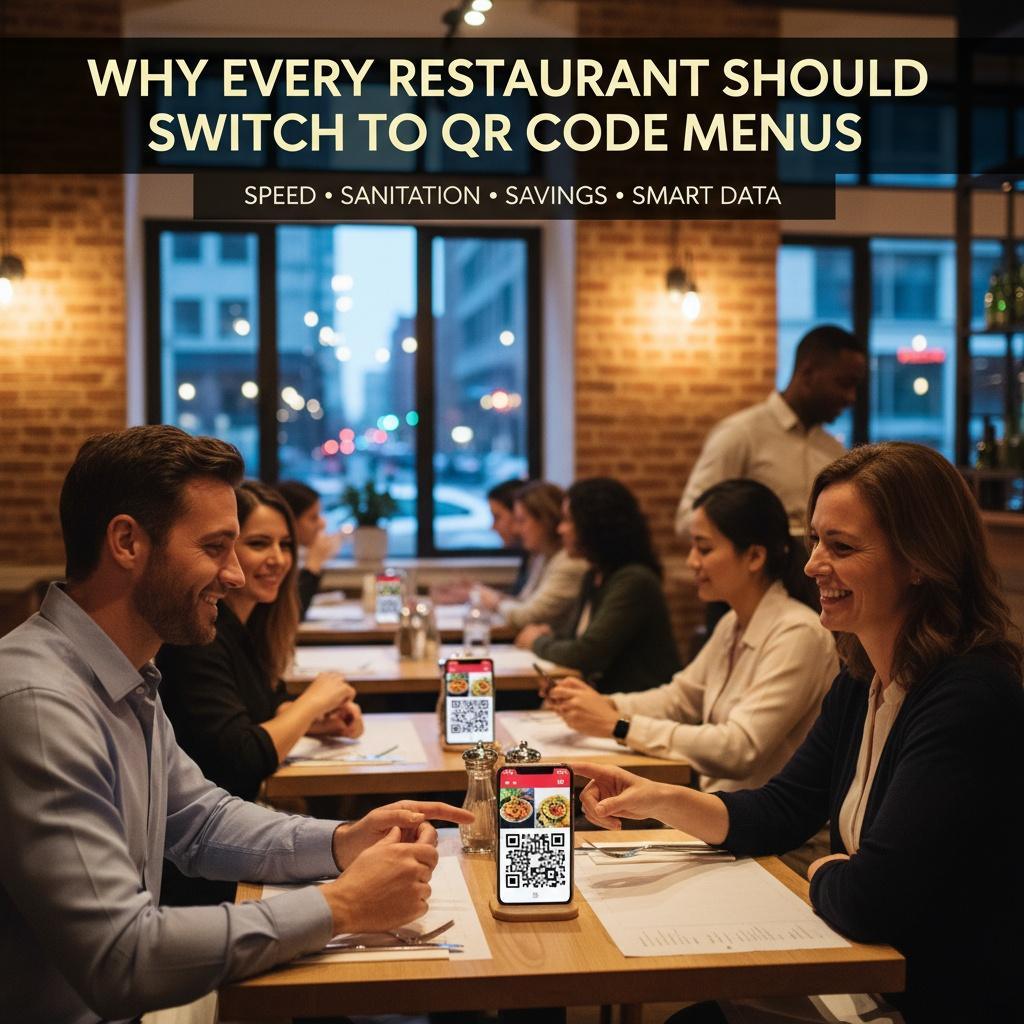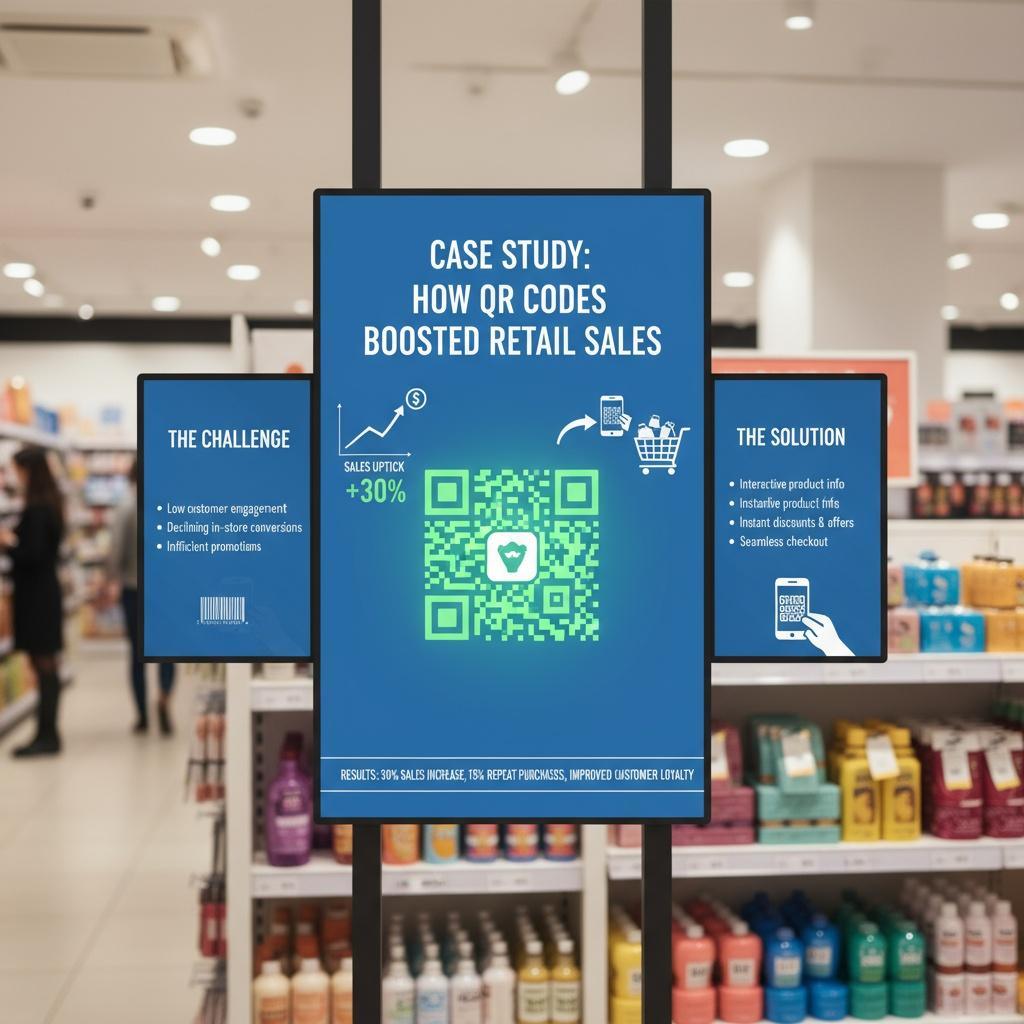

QR codes in business have evolved from a niche utility to a dependable lever for digital transformation tools and modern marketing strategies. In this case study, we analyze how a national specialty retailer used QR codes to close the gap between discovery and purchase, reduce friction in product research, and attribute offline interest to online revenue—ultimately increasing sales while improving the customer experience.
A mid-market apparel retailer sought to solve three persistent issues: limited product information at the rack, inconsistent handoffs from store discovery to e-commerce, and underperforming loyalty sign-ups. The mandate was clear—deploy a low-cost, scalable solution that could boost conversion, lift average order value, and capture first-party data without disrupting store operations or adding complexity for associates.
QR codes were selected because they turn static surfaces—tags, shelves, windows, receipts—into smart entry points for shoppers’ phones. They also support dynamic content, granular attribution, and rapid iteration. For teams designing omnichannel journeys, Shopify’s guide to QR codes in retail outlines practical playbooks: link to rich product detail pages, surface reviews and size guidance, enable buy-online-ship-to-home when sizes are unavailable, and streamline loyalty enrollment. These capabilities align tightly with modern marketing strategies focused on personalization, measurability, and speed.
The rollout focused on four placements: 1) product hangtags linking to mobile-optimized PDPs, size/fit visuals, care instructions, and UGC; 2) shelf talkers driving comparisons, cross-sells, and store inventory views; 3) window signage for after-hours browsing and store-to-web attribution; and 4) digital receipts and loyalty enrollment via QR at POS. All codes were dynamic with UTM parameters by store, fixture, and campaign. A lightweight training module equipped associates to reference QR-enabled content during consultative selling.
The brand used matched-store testing over 12 weeks, staggering adoption by region. Compared to controls, test stores saw a 9.8% lift in net sales, a 6.1% increase in average order value, and a 3.4% uptick in units per transaction. Online orders attributed to in-store scans rose 18% in test markets, while QR-driven landing pages delivered a 2.3x higher email opt-in rate versus the sitewide average. Notably, items purchased after scanning size/fit content had an 11% lower return rate—evidence that better information improved purchase confidence and margin.
Three mechanisms explain the gains. First, friction reduction: richer product content, real-time availability, and alternative fulfillment options eliminated decision dead-ends. Second, trust and transparency: origin details, care instructions, and authentication cues reassured shoppers—an approach echoed in the NRF Europe whitepaper on unified commerce and product transparency. Third, attribution and iteration: scan analytics highlighted which fixtures, products, and messages converted best, enabling rapid content optimization across channels.
Start with clear KPIs: conversion, AOV, return rate, and opt-ins. Deploy dynamic QR codes tied to structured tagging (store, department, placement) so insights inform both merchandising and marketing. Align content with shopper intent at each touchpoint—fit help on hangtags, comparisons at shelves, inspiration in windows, and instant loyalty enrollments at POS. For additional execution playbooks and proofs of value, review GS1 UK’s real-world QR case studies to benchmark governance, data standards, and customer-first design.
This case demonstrates that QR codes are not a gimmick but a practical, high-ROI bridge between physical retail and digital experiences. As versatile digital transformation tools, they compress research and purchase into a single, measurable moment—strengthening modern marketing strategies while respecting operational realities. Retailers that pair QR content with clear attribution, dynamic optimization, and associate enablement can unlock sustained sales lift, lower returns, and richer first-party data—turning everyday surfaces into always-on growth channels.